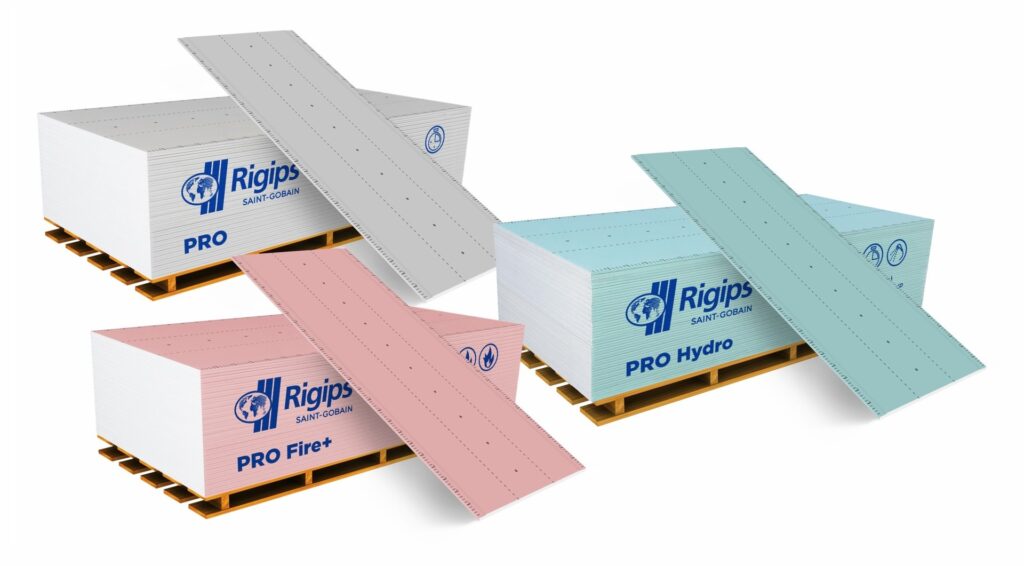Plasterboard, commonly known as drywall or wallboard in various parts of the world, has fundamentally altered modern construction techniques. From the annals of history to the specialized usage in contemporary buildings, the evolution of plasterboard is a fascinating tale. Let’s dive into its multifaceted journey and explore its intrinsic characteristics.
A Brief History
The concept of plasterboard can be traced back to ancient Egypt where gypsum plaster was used for interior walls. However, it was only in the late 19th century that the precursor to modern plasterboard was developed in the US. Its widespread acceptance and usage were propelled by the need for an efficient, cost-effective, and fire-resistant alternative to traditional wall-building methods.
Types & Specifications
Broadly, plasterboards can be classified based on their inherent characteristics and purposes:
Standard Plasterboard: Ideal for most standard wall and ceiling applications, this is the go-to option for general construction needs.
Fire-Resistant Plasterboard: Incorporated with glass fibres and other additives, this type is designed to resist fire and is commonly used in areas where fire safety is paramount.
Moisture Resistant Plasterboard: Created for areas prone to high humidity, such as bathrooms and kitchens. They have water repellent additives.
Soundproof Plasterboard: These are dense boards that provide better sound insulation, apt for places requiring noise reduction.
Thermal Plasterboard: Infused with insulating materials, these are ideal for energy-efficient buildings.
Utilization
Plasterboard’s versatility has allowed it to find a place in myriad applications, including:
- Walls and ceilings.
- Creating partition walls.
- Fireproofing areas.
- Thermal and sound insulation.
Why Size Matters: 1200x2600mm vs. 1200x2400mm
An intriguing aspect of plasterboards is the variation in standard sizes between mainland Europe and the UK & Ireland. In countries like Poland, the prevalent dimension is 1200x2600mm, whereas, in the UK and Ireland, it’s 1200x2400mm.
Reasons Behind This Size Difference:
Historical Building Practices: Traditional building designs in mainland Europe often accommodated larger room heights, translating into a preference for taller plasterboards.
Efficiency: Larger plasterboards mean fewer joints on the wall, making the finishing process faster and smoother, leading to reduced labor costs.
Performance: Larger boards offer better resistance to sagging, especially when used for ceilings.
Choosing Plasterboard with ImportFromPoland
While the intrinsic cost of standard plasterboard is low, a comprehensive cost analysis should include transportation. For entities outside of Poland, while importing standard plasterboards can still be of value, the real savings come to light when they are part of a larger order. This ensures the distribution of delivery costs across multiple items.
At ImportFromPoland, we pride ourselves on offering an excellent value on all plasterboard types. But here’s a pro tip: optimize your orders by including multiple items, thereby getting the most bang for your buck!
Conclusion
Plasterboard has come a long way from its rudimentary inception, evolving into an indispensable part of modern construction. When considering plasterboard for your projects, especially imports, weigh in factors like type, size, and the comprehensive cost. And remember, with partners like ImportFromPoland, you’re not just sourcing materials but are on a path to craft success stories.

